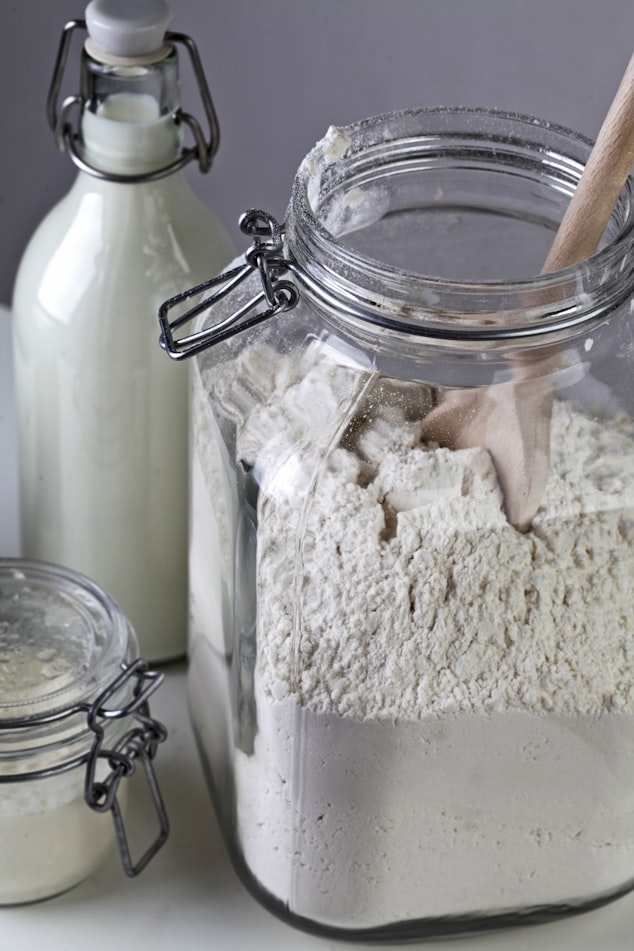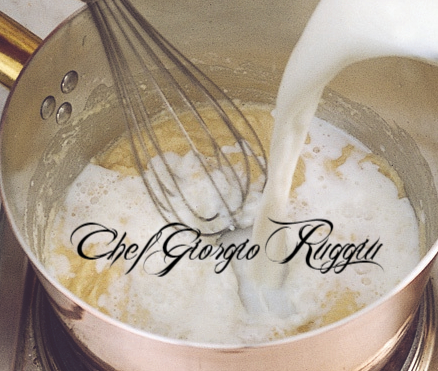Béchamel and Medicean Cuisine

Some words are evocative, you say béchamel and you automatically think of French cuisine but the origin of this sauce is Italian.
The oldest trace is a preparation reported by Apicius in his De Re Coquinaria very similar, used to cook and bind dishes.
At the De Medici court in Florence in the 15th century, it is known as Salsa Colla, we find traces of it in the book La Cucina Medicea. At the time it was prepared with meat broth, liquid cream and various spices.
It arrives in France with the court of Caterina de Medici, and here it is modified, as reported by Le Cuisinier Francais of 1651, the name is changed to Béchamell in honor of a noble courtier whom he worked for, the Cook who reworked it.
In this version it returns to Italy and is rediscovered. In Italy the name has changed over the centuries from Salsa Colla (glue sauce) to Balsamella, as also reported by Artusi, up to Besciamella.
The preparation has also changed, today only butter and flour are used to prepare it, with which the Roux is prepared to which the milk with salt and nutmeg will then be added.
Everything is then boiled for a few minutes, taking care to stir it continuously to avoid the formation of lumps.
In modern béchamel, the Italian and French versions differ only in the onion. In the French version, it is used to brown the chopped onion in the roux butter.
The density of the sauce is determined by the ratio of the ingredients and also by the cooking time. The longer the cooking, the denser the sauce.
Bechamel is a basic ingredient for many preparations, it is one of the 5 mother sauces of Italian cuisine. It is also considered a mother sauce in French cuisine. By adding some Gruyère cheese or Parmesan to the bechamel we obtain another very famous sauce: Salsa Mornay.
It is used to soften and bind meat sauce above all. Until a few years ago it was the queen of gratin sauce.
Béchamel is not the only “local” dish adopted by the French cousins. The onion soup, another flagship of French cuisine, is also borrowed from Tuscan cuisine, to be exact it derives from Carabaccia.

Then there are the Crépes, which in Florence were called Grandma’s Pezzolle and were prepared with ricotta and vegetables and cooked with glue sauce.
The Boeuf Miroton which derives from the Florentine Stiracchio and which then went backwards and is called Francesina, the Omelettes in the Medici kitchens were prepared with eggs and vegetables.
Pasta Choux, thanks to the confectioner Pantanelli Le Frittate, the Sorbet that was called Ice Creamed and Scented Water, and, last but not least, the Macarons; that even if they are not originally from Florence but, they were born in Venice in the sixteenth century, they arrived in France in the same way and here, they became the court dessert.
Another thing that arrived in France thanks to the union between the Florentine lady and the heir to the transalpine throne was the Forchetta. I don’t know how to quantify the dowry that Caterina de Medici brought to the D’Orleans court when she married Henry II but one thing is certain, it was a very tasty dowry.

